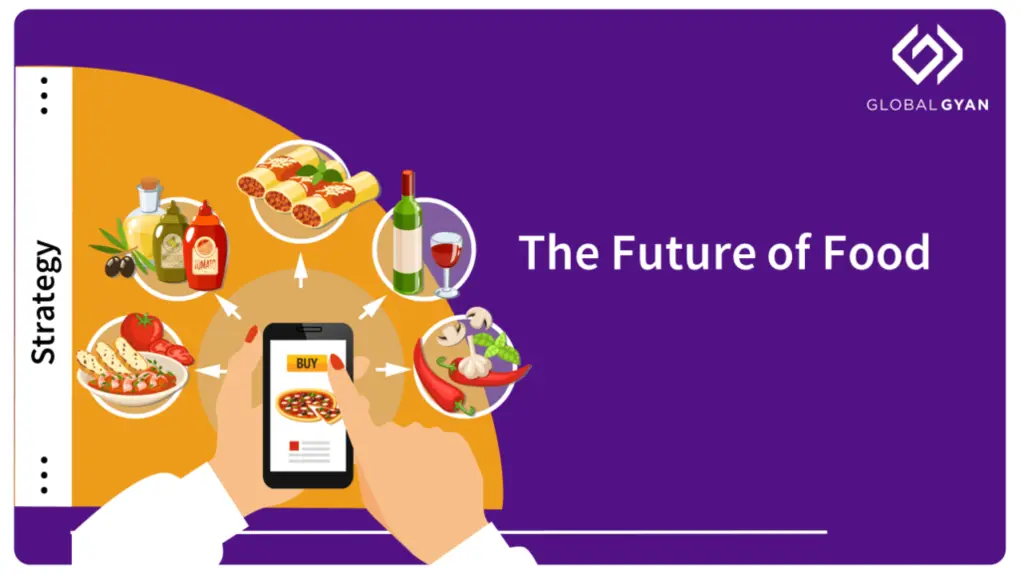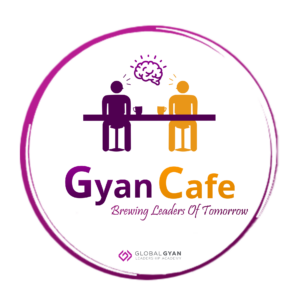The Future of Food

It would not be an overstatement if I said that during the three months of lockdown, I have spent more time with food than ever before. Not only has its consumption increased, but also my involvement in its preparation (and the aftermath) has not been insignificant. So, it is safe to say that I have given food a lot of thought!
At a recent webinar conducted by GlobalGyan on the emergence of the Isolation Economy, I said that our behavior is being affected by three forces: forced experimentation caused by the extended lockdown, some favourable results that we have experienced during this period, and the fear of recurrence encouraging us to be better prepared in future.
But this story of food began even before coronavirus hit us.
Ramya was a 45-years old marketing manager at an IT services firm in Mumbai. Her husband, Rohan was the regional manager for an electronics retail chain and their son, Ravi was in the tenth grade at school. The family loved food but Ramya was the only one who knew how to cook. To ensure that they ate wholesome, tasty and familiar food, Ramya insisted that eating out was to be minimised, to at most two meals during weekends or holidays.
So, every morning, Ramya would cook breakfast and lunch so that the dabbas could be packed before Ravi left for school at 8am, Rohan at 8.30am and Ramya at 9am. The entire morning was spent in the kitchen, and so was the evening when Ramya returned home at 8pm. A maid helped with the dishes, twice a day. The relentless routine took a toll on Ramya’s health; so, she gave in to Rohan’s requests to hire a cook. The cook would come in at 6.30am to pack the dabbas by 8am and would return at 7pm to prepare dinner.
Since the corona virus lockdown began, the Rauts have been spending hours in the kitchen, even as their workhours magically increased during work-from-home. After the initial enthusiasm of trying new recipes and competing with MasterChef, the family looks at each meal as a necessary evil. Corona virus has left a bad after-taste.
This is a familiar story across most of urban India. As this plays out, what will the future of food look like? Here are some thoughts. Do note that I am looking at food for a typical family and this future may not apply to niche segments of cooking enthusiasts or food extremists.
Outsourcing of Food
The economic theory of transaction costs tells us that our choice of whether to do an activity in-house or outsource it to the market depends on the relative friction of managing the transaction. The trade-off is between control (in-house) and capability (out-sourced), even as we manage the respective transaction costs of effort and risk.
For many urban families, the first level of food outsourcing happened when a cook took on the responsibility, and next, when the proportion of eating out (or ordering in) increased. So, we have already given up some degree of control on the quality/taste/health in order to gain time/variety/indulgence.
We think of our food today as “home food” that is cooked at home by a familiar person and “outside food” usually prepared by a restaurant (whether eaten out or at home). The former gives us a sense of consistency, hygiene and health; the latter is seen as an indulgence for one’s craving or perhaps, laziness. The mix can vary from home to home, but my research shows that over 50% of families ate outside food less than twice a week, i.e. 90% of meals are home food. However, conversations with younger people and couples also reveal that the mix could be as high as 50:50 or even more in favour of outside food.
What will cause the needle to swing towards even more outsourcing, towards outside food?
Replacement for “Home Food”
The answer is obvious that if outside food were to be like home food, then preferences could shift.
Today, outside food is primarily designed to be eaten only once in a while. The most popular dishes ordered on food delivery apps reflect this craving for biryani and pizza. But what if regular home (like) food was available from outside? Is that possible?
Yes, it has been done before. Udupi hotels in Mumbai were originally designed (in the 1950s) to offer familiar, home food to south Indian migrant bachelors. Similarly, I have been to “Marwari” hotels in the south that catered all three meals to travelers or migrant workers. I recall many colleagues ordering their lunch dabbas from a neighbourhood ‘aunty’.
What do these examples reveal? If one did not have the capability or the desire to cook food at home, there have been trusted alternatives that offered meals which are familiar and homely. The key attributes are around trust and familiarity that reduce the risk inherent in any outsourcing transaction.
Designing an Outside Home Food
First of all, is there a need to design an alternative? I firmly believe that it is needed. For many people, and in particular to women, cooking food is a daily chore that they can do without. Not only does the food preparation time have a huge opportunity cost, but like all “in-house” activities it involves hidden transaction costs of managing procurement, raw material and finished goods inventory management, storage, waste, etc. It is truly a problem worth solving.
To create an outsourcing solution that is better than in-house, we have to enable easy control and reduce risk.
Control: Two major areas of control are the menu and raw materials. Home food allows us to decide what we want to eat at each meal, and the style/taste that we want from it. We also decide the quality and type of ingredients that are used; this has an impact on both taste and health.
Risk: The fear of outsourcing arises from our perceptions of outside food (as created by the craving food model) and the lack of transparency around the cooking environment (hygiene), nature of ingredients used, freshness (vs. frozen food), calorie/health impact, etc.
Therefore, think of the solution being a (or many) trusted brand that uses high quality ingredients, in hygienic, distributed kitchens, with automation, provides a reasonable set of food and calorie options and is supported by a delivery network that ensures on-demand, freshness.
What if you could have your breakfast of fresh aloo paratha with curd, lunch of khichdi-kadhi and dinner of roti-sabzi-dal delivered at pre-determined slots, from a kitchen that has live video streaming, with a detailed ingredient and nutrition chart and bio-degradable, yet packaging? (Replace menu with that of your choice!) What if different members of your family could eat what they preferred or what is appropriate to their age and fitness, rather than everyone having the same items?
The choice, quality and trust will come at a cost… but think of what you have gained at home, in terms of time, effort, space. Will all families shut their kitchens? Well, some might. And everyone can choose to cook, when they want to.
There would also be tremendous efficiency benefits in the agricultural and protein value chain. The highly distributed, sub-scale production of food lends itself to huge waste and loss of productivity. Think of all the vegetables and fruit that rot as they move through the distribution network. Instead, more centralized production would enable superior planning, sourcing and storage processes. Technology can play a valuable role, from using blockchain to provide end-to-end visibility to platforms that connect nutritionists, chefs, ingredient vendors and consumers.
Is it Possible?
Yes, the infrastructure is actually there. Hundreds of central kitchens have been built in the last few years. Many restaurants that are facing demand crisis due to seating restrictions are all kitchens waiting to be converted. Delivery networks have been built in most cities, with a 30-minute promise. The recent easing of regulations in agricultural procurement will help in sourcing efficiencies. It’s all there. What is missing is a solution. A brand that evokes trust for the most important product that we consume daily.
Food is an intricate part of our life, our culture. We see the romance that a beautifully crafted dish demonstrates, the bonding of a family breaking bread together. What we miss behind this rosy picture is the millions of Ramya Rauts toiling every day to get the dabbas ready on time. The future of food is in making it fun again, for everyone in the family.







